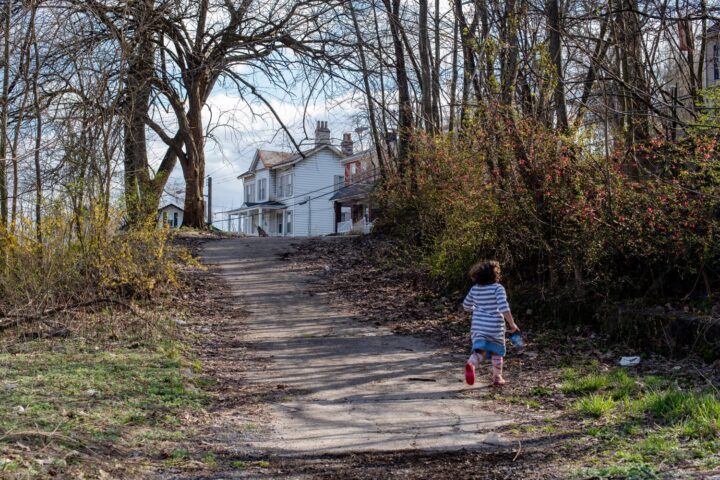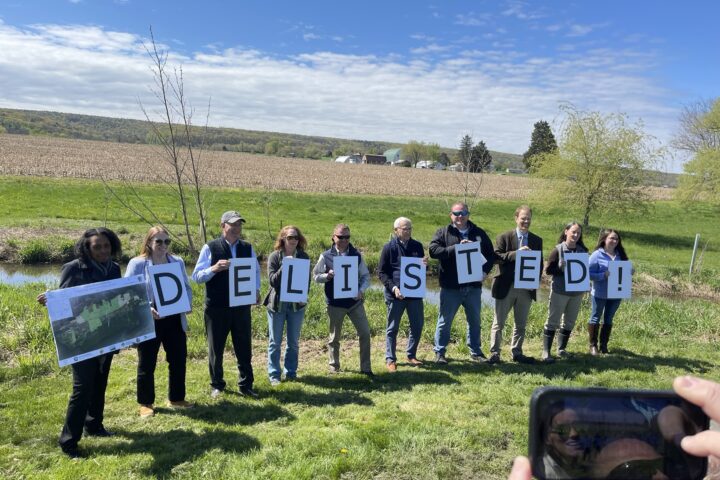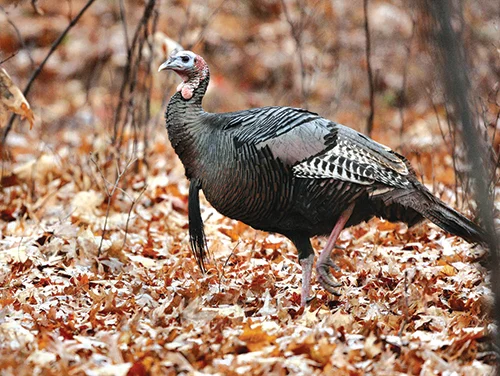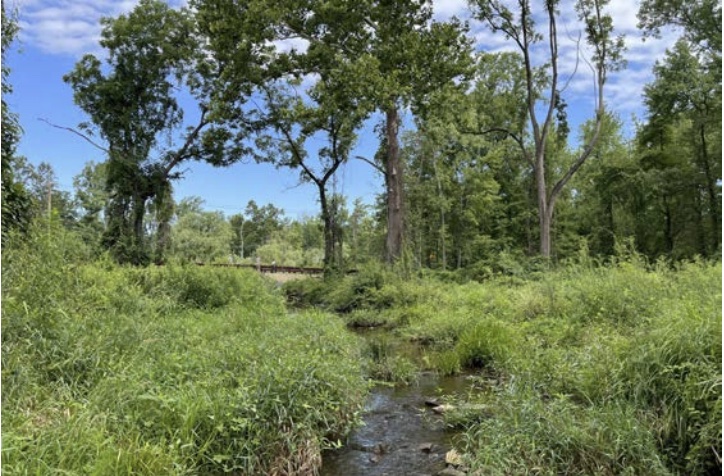
A parcel of land harboring old-growth oaks and beeches, a wetlands and a pristine tributary to Pennypack Creek is now under the permanent protection of the Pennypack Ecological Restoration Trust.
According to Gilbert High, Jr., the Trust’s Board president, the Trust took ownership of the parcel on June 27, marking the successful culmination of months of constructive negotiations with representatives of the property’s former owners. “We are just delighted to protect these great woods and wetlands from development, and keep them as the vital water and air filters that they are,” said Mr. High after a signing meeting last Tuesday.
With this acquisition, the Pennypack Trust now maintains 900 acres of forests, streams and grasslands that are populated with native plants and wildlife ranging from bald eagles, to beavers, mink, fox and other animals.
During the signing, the property was further protected by a conservation easement under the watch of Natural Lands. “We were thrilled to help insure protection of nearly 40 acres of mature woodlands and headwater streams so close to urban Philadelphia,” said Todd Sampsell, Natural Lands’ vice president of conservation. “We were able to work with the estate, commonwealth courts and our partners at Pennypack Ecological Restoration Trust to ensure the wildlife habitats were permanently protected and, under PERT’s ownership, they will be restored and improved. Future generations will benefit from this protected natural space and outdoor classroom.”
Access to what will soon be known as the Margaret MacPhee Wildlife Sanctuary will be limited. That’s in accordance with the will of the late Margaret MacPhee, an ardent nature lover who left specific instructions as to how the land should be preserved and used. Ms. MacPhee was a descendant of Andrew Vinton Brown, the owner of a Philadelphia lens grinding business, who purchased the property in 1905 to establish a country estate.
With the land now secured, the Pennypack Trust’s staff now face an extensive planning and site preparation process before restoring the parcel to a more self-sustaining natural state. That planning must take into account the remnants of gardens, ponds, and the ruins of outbuildings still visible on the property. The Trust’s Executive Director Chris Mendel, who in addition to his position with the Trust, is a trained landscape architect, said that acres of invasive species will need to be managed and native trees and shrubs planted by the hundreds to make the land more ecologically sound. “Each change that prior landowners made has an almost indelible mark in the soils and plants of the property. This gives us multiple starting points around the site that we need to bring together into one restoration goal” Mendel said.
Mendel wrote an in-depth reflection on the land’s history and the responsibility of the Trust in stewarding the conserved propoerty going forward. That piece–a recommended read, it’s quite in-depth and insightful–can be read at the Pennypack Ecological Restoration Trust’s website (article linked here).
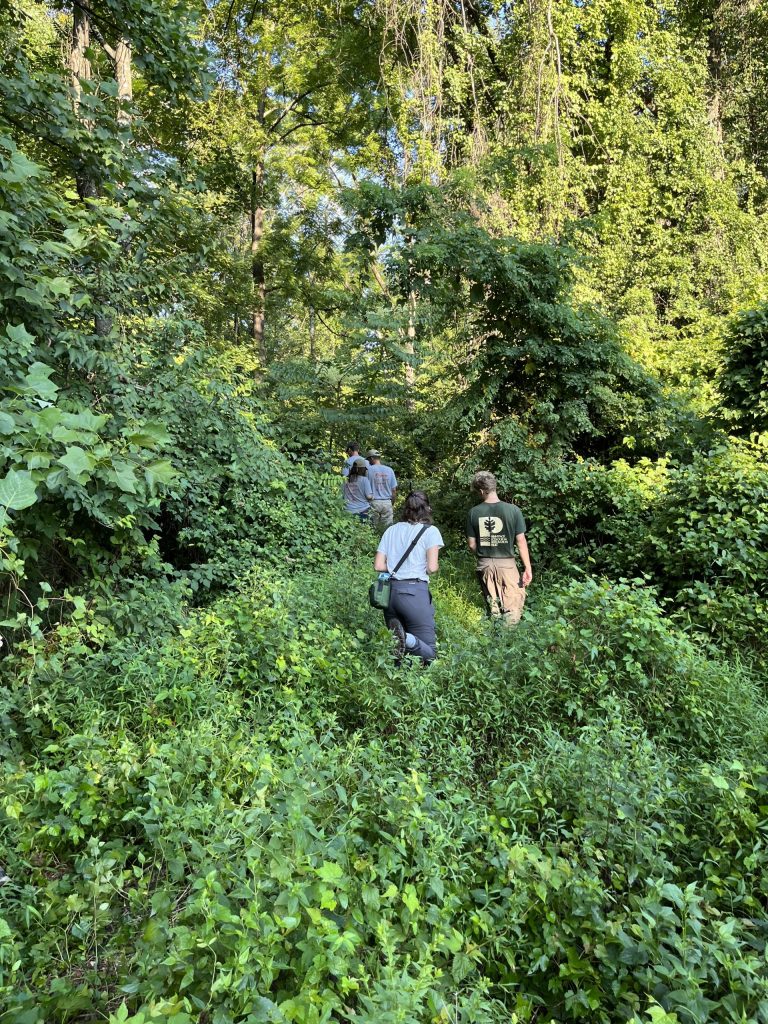
This post was adapted from a release by our friends and colleagues at PA Environmental Digest.


